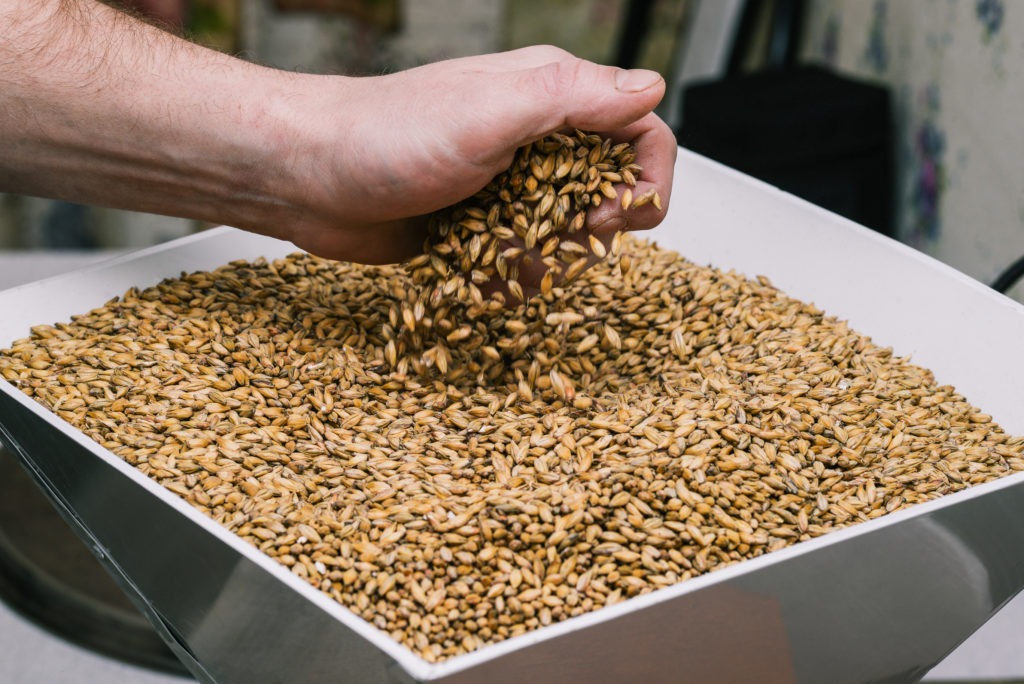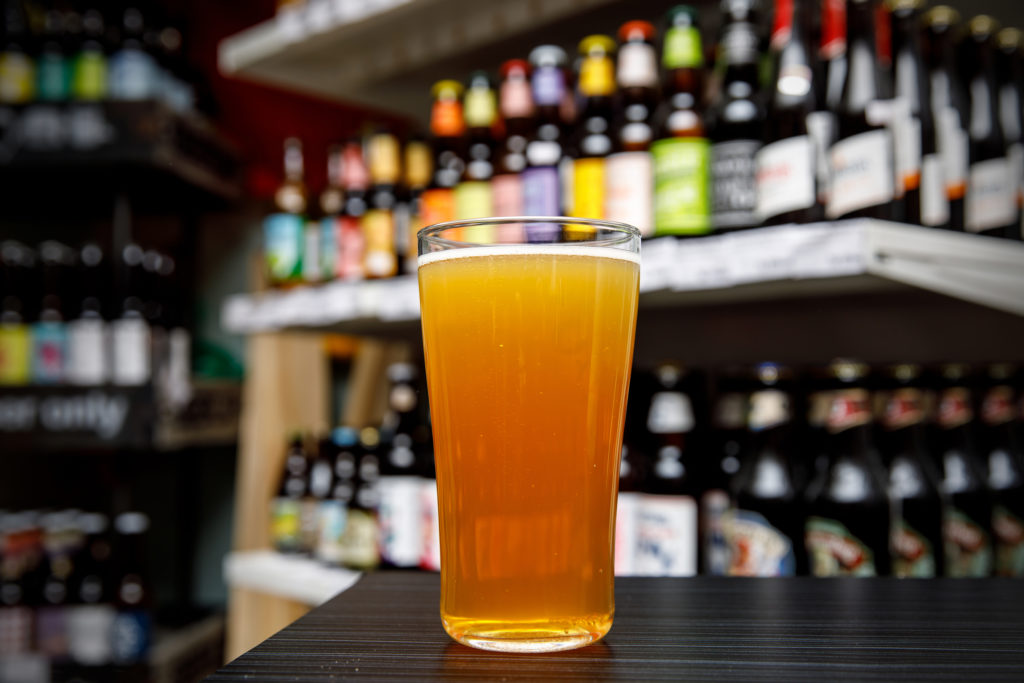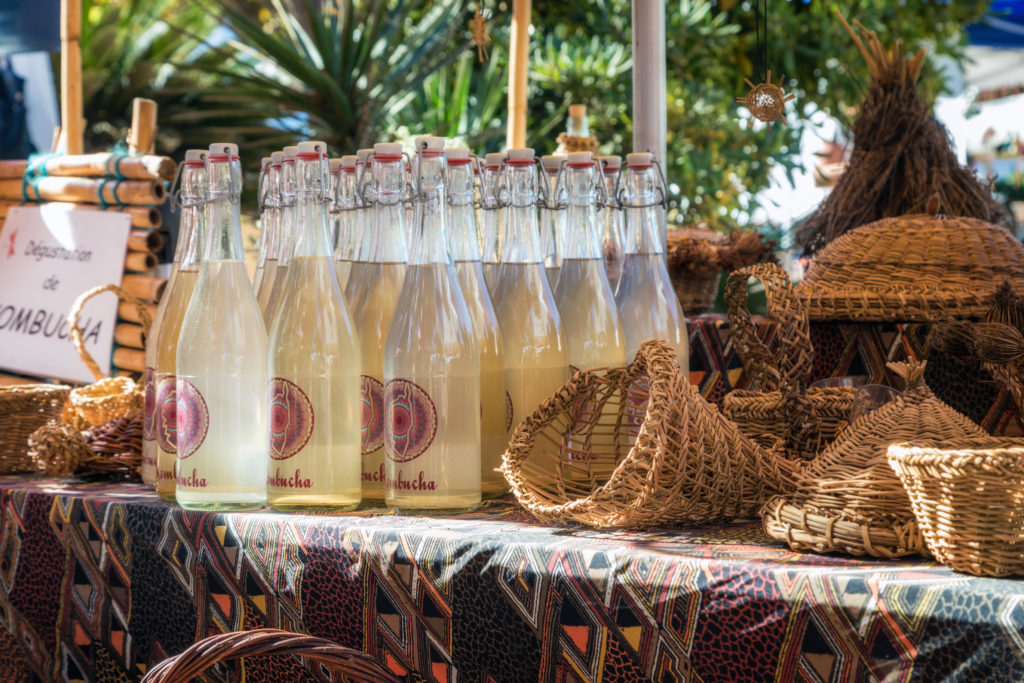
By: D.C. Reeves, CEO, Perfect Plain Brewing Co., Pensacola, Florida
Blame craft spirits, seltzer or industry saturation, but the reality today is that craft beer is going to face its biggest challenges yet in the coming years. This is a turning point for the industry, and at a micro level, this challenge can present a turning point in your own market.
Every brewery should be assessing what it does well, what it doesn’t and coming up with a plan to set itself apart. I wanted to share more of the more unique lessons we’ve learned about where we concentrate our time and resources that could help those thousands of taproom-focused breweries around the U.S. build and sustain their niche.
If you have a brewery you understand the value of top-quality product. We don’t need to cover that part. Let’s dive in on things that can separate you from your competition.
I discuss a multitude of ways to do this in The Microbrewery Handbook. Graciously, Sam Calagione from Dogfish Head, Jeffrey Stuffings from Jester King and other experts shared their thoughts in the book about what they’ve learned along the way.
Here are three key things that we learned and adapted as we opened and ran Perfect Plain Brewing Co. in Pensacola, Fla. starting in 2017 that helped us grow to one of the busiest taprooms in the state of Florida.
Taproom Vibe Matters (More than equipment sometimes)
We spent a great deal of time deciding on the marriage in our budget between equipment “nice to have’s” and taproom. We ultimately decided to gear money towards the taproom and the taproom experience, and we’re thankful for that.
I visit breweries all over the nation that have sparkling new brewing systems and a neglected taproom. Imagine if a restaurant hired the most accomplished chef in New York City, built the most expensive kitchen, then left the dining room with bad lighting, plastic tables and old carpet? Would the chef and kitchen be worth the investment? Of course not.
Don’t overlook the expenses of creating a great taproom. Having good furniture and fixtures. Good doesn’t mean expensive, it just means if you can afford a $300,000 10-barrel turnkey brewing system, you shouldn’t have your taproom look like a mismatched thrift store.
We can always grow into and upgrade equipment. It’s much, much more difficult to pick up and move a taproom or overcome a lacking first impression if your taproom isn’t up to par when you open.
We are about to expand into a wood-aging program next door – it’s called The Well and will open this fall. This growth is attributed to us focusing on taproom first, and that success allowing us to do even more on the beer equipment side later.
Focus on Programming Your Space
In the taproom model, the taproom is your sole business engine. We need to fuel it with events and fun to keep it busy, not just sit back and hope people come in.
This is something we focused on from the start, but we’ve ramped up significantly in the past year or so. We wanted to be proactive about what brings people into our taproom. When we moved from one manager to two managers, we created an events position that would be charged with just one responsibility: Bring people into our taproom.
So we’ve done all sorts of things: Drag shows, Harry Potter nights, trivia, we decorate the entire taproom for four days for Pensacon (our community’s version of ComicCon), we do pop-up theme bars in Garden & Grain, our cocktail garden behind the brewery.
There are other things you can do: Synergize and integrate your brewing schedule and batch planning with your programming calendar from the get-go to give your patrons an immersive experience that has fun beer releases tied to it. A shared calendar with reminders set three months in advance can give you enough time to plan a special beer release, prepare a one-off pilot batch, or order seasonal ingredients for use in a beer for an approaching holiday. At Perfect Plain, we’ve found success with this simple reminder system that we check when we sit down to do our batch planning and raw material orders.
What NOT to do is get desperate and offer deep discounts on your product as an attraction model. While you may see an increase in taproom foot traffic, you slowly devalue your product to the point that customers no longer desire to pay “full price” because they know they can get it somewhere else.
Learning to care about your employee culture, engagement and hiring well
One distinct advantage I was fortunate enough to have when opening Perfect Plain Brewing Co. was working for Quint Studer, who pioneered customer service and organizational change in healthcare with his company, StuderGroup. They taught hospitals all over the nation about how to treat patients, treat employees and build winning cultures.
I was able to learn from Quint and adapt some of those tools to the beer business. That said, this also made me realize how much of a forgotten piece of the puzzle hiring and employee culture are in our business. We like to talk about how collaborative we are as an industry, but ask yourself, how are we when it comes to focusing on treating our own employees well?
Here are a Few of the Things We Installed at PPBC
We have a three-interview hiring process for all positions that ultimately ends with peers making the decision on who to hire. I know, sounds like overkill. Maybe a little crazy. But it works. It allows all parts of the organization to have ownership of new hires and it gives employees the sense of ownership that their opinion on employees matters.
We are one of the only bars or restaurants in North Florida with less than 50 employees to start offering comprehensive health benefits to our employees for 2020. It’s a significant expense, but an important one to send the message that these jobs are important, these people are important, and their work is important. I’m not saying you have to go to that extreme but think about measures you can put in place that build your employees’ sense of ownership.
Another key piece to caring about your staff and culture – and a must for us each year – is doing an employee engagement survey. This is an assessment of how your employees feel in many different categories. The value of this is to not only know where you and your company stand with your employees, but it lets your staff know that their opinion counts and is heard. We have made some adjustments each year based on this feedback, so it has proven immensely valuable.
Questions Like:
• Does the organization employ people whom I like to work?
• Do my coworkers and I share a strong work ethic?
• Are many of my coworkers performing at an acceptable level or better?
• Do I feel connected to my coworkers?
• Is the work I do meaningful?
In The Microbrewery Handbook I have more details of how we conduct this survey (it’s not hard!) and the complete list of the 34 questions I ask my employees that could help you get started with your own survey.
These tactics are especially important with a taproom focused staff. Your taproom staff is the face to your entire revenue stream. You want them happy and feeling a sense of ownership about the company.
For more information about The Microbrewery Handbook or brewery consultation email dc@perfectplain.com








